One of the largest game reserves in Kenya, Masai Mara National Park is one of the most celebrated national parks in the world. Located adjacent to Serengeti National Park in neighboring Tanzania, Masai Mara National Park is home to an incredibly diverse array of fauna, including some of the most iconic animals in the world.
Unfortunately, Masai Mara isn’t one of the easiest national parks to reach. However, as you’ll see below, it is certainly one that every wildlife lover should visit.
We’ll explain some of the park’s most notable animals below. We’ll also provide a few tips to help ensure you can see as many as possible during your African adventure.
The Big Five
Each one of the “big five” African mammals calls Masai Mara home.
The “big five” refers to five big and charismatic animals that are native to Africa. It includes the elephant, Cape buffalo, lion, leopard and rhinoceros. Most visitors are keen to see all five when visiting Africa, and the Masai Mara provides one of the best chances to do so.
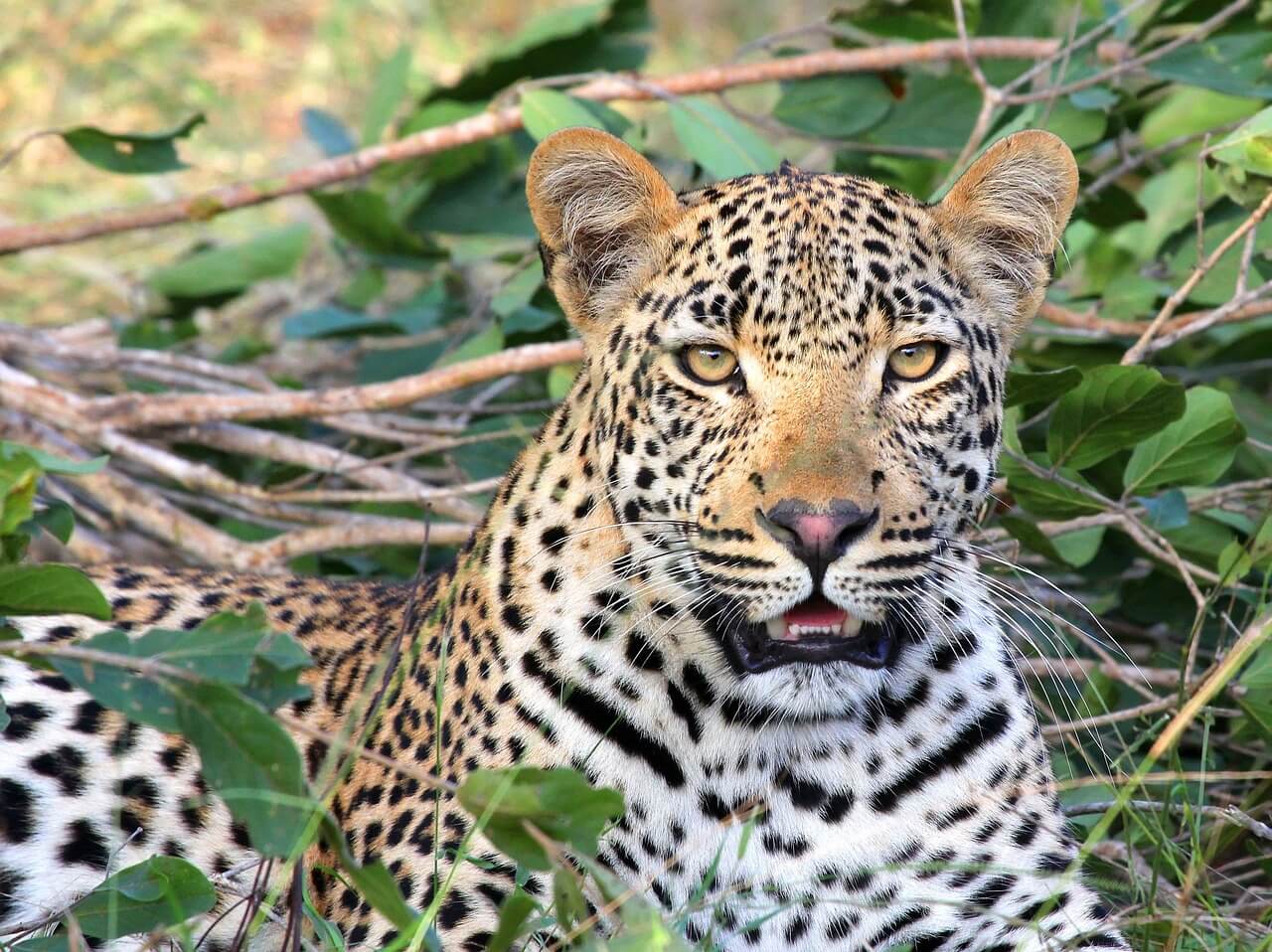
Elephants and Cape buffalo are likely the easiest of the five to observe. Most visitors will also have the chance to see lions too. Rhinoceroses are the rarest of the big five – only two-dozen or so are thought to live in the park. Accordingly, they’re not easy to see, but many visitors do get lucky.
Leopards are relatively common in the park, but they’re very secretive animals. However, skilled guides are often able to track them down. This means you have a good chance to see these wonderful animals in person.
Africa’s Awesome Avians
Masai Mara National Park is a birdwatcher’s paradise, with more than 450 resident bird species.
The bird fauna of the Masai Mara is one of the most amazing things about the Masai Mara. The park not only hosts an incredible array of species, but it is also home to some of the world’s most iconic species.
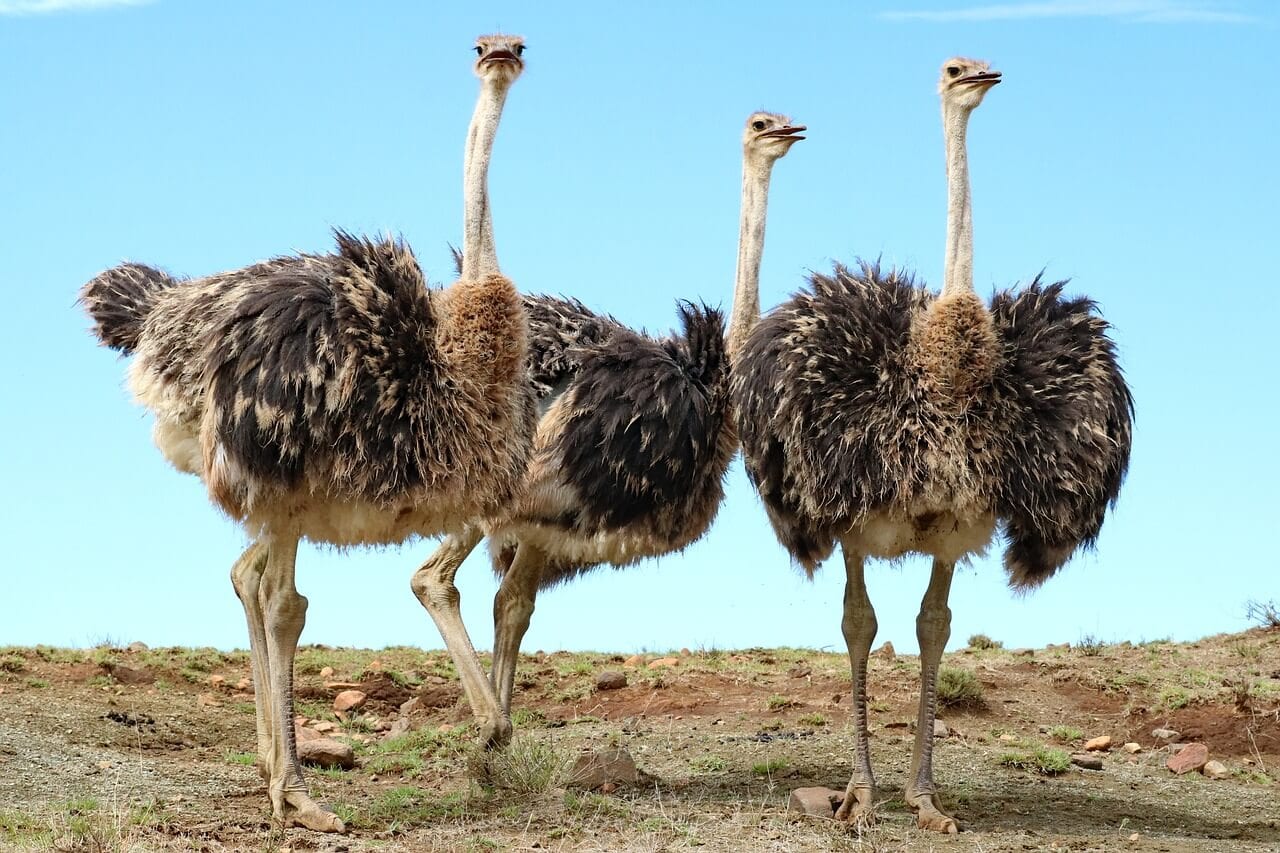
For example, ostriches – the world’s largest bird species – can often be seen foraging in the grasslands of the area. Meanwhile, the Ayres’s hawk-eagle spend long periods of time patrolling the skies above. Secretary birds – snake-eating specialists who even catch deadly cobras – are also common in the Masai Mara. Denham’s bustards, which also hunt on the ground, are also common in the park. You may even get the chance to see Kenya’s national bird – the lilac-breasted roller.
Plan your visit for the time between November and April to see the best assortment of bird species. Many European birds migrate through Masai Mara National Park during this time. This means you’ll get the chance to see many species that only visit for a brief period of time. Also, generally speaking, this is one of the least crowded times of year to visit the park.
Reptiles of the Masai Mara
An array of reptile species live within the Masai Mara’s borders, including a few of the largest species in the world.
The large mammals of Masai Mara National Park may attract the bulk of the attention from visitors, but the park is also home to an array of reptile species.
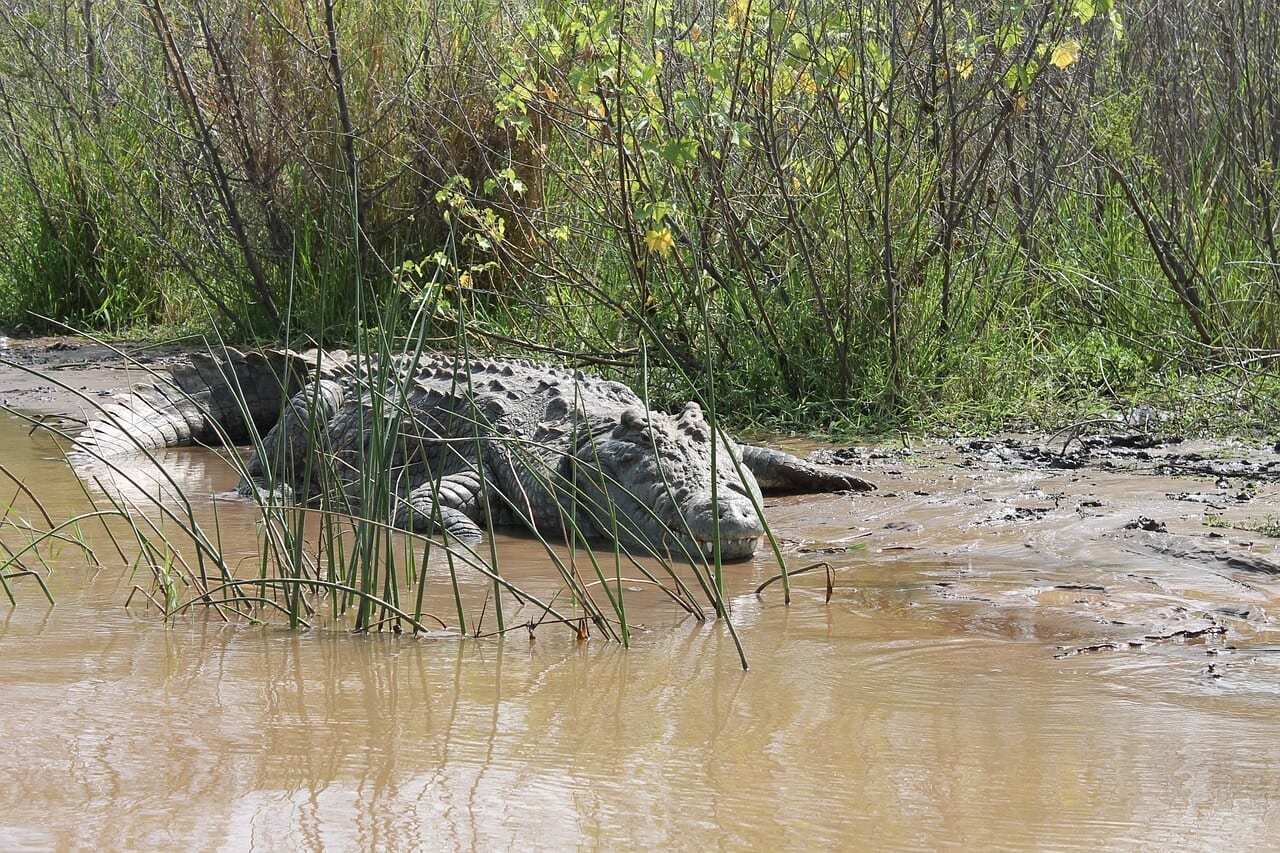
Colorful agamas can be seen basking on rocks, and color-changing chameleons spend their days hunting insects in the bushes and trees. Several snake species also call the park home, including the African rock python, which is the largest snake in Africa.
However, the largest reptile that lives in Masai Mara – and one of the largest reptiles in the world – is the Nile crocodile. Many visitors get the chance to see these prehistoric-looking animals by scanning the rocks that emerge from the rivers in the area.
Wildlife Viewing Tips
Make the most of your Masai Mara visit by employing the tips listed below.
If you are going to put in the time, money and effort needed to reach Masai Mara National Park, you’ll certainly want to make the most of your visit. To help ensure you enjoy your trip and see as many animals as possible, we’ve put together the following tips and tricks.
- Plan your trip for July to September to see the Great Migration. Many of the park’s herbivores – most notably the wildebeests – engage in a more-or-less perpetual migration. To watch this migration happen with your very own eyes, you’ll want to schedule your trip for this time period, when the migration pattern peaks in the Masai Mara.
- Scan the nearby surroundings whenever the tour bus stops. Most tour guides will routinely stop to allow the passengers to take photos of interesting wildlife activity. While you should definitely take advantage of these opportunities, don’t forget to check out the surrounding habitat, for animals you may otherwise miss. Often times, you’ll see chameleons, snakes, birds or other animals lurking in the nearby vegetation.
- Bring along your binoculars. Binoculars are always helpful, but given the wide-open habitats that characterize the Masai Mara, they’re extremely important to bring. You’ll not only be able to see birds from much further away, but you’ll be able to better appreciate the park’s large animals from a safe distance too.
- Keep yourself hydrated. This isn’t a wildlife-viewing tip per se, but it is extremely important to keep in mind while exploring the Masai Mara, where temperatures can soar into the triple-digit range. Additionally, your mind will be able to remain focused on wildlife better if you drink plenty of water during the trip.

Tell Us About Your Experiences!
Masai Mara National Park is one of the most amazing natural areas in the world, and it is one of the few places you can see all five members of the “big five” with relative ease. Simply put, it’s a park that most nature lovers should make sure they get to visit at some point in their life.
Have you ever been to Masai Mara? We’d love to hear about your experiences. Tell us all about your trip, including the animals you had the chance to see, in the comments below.


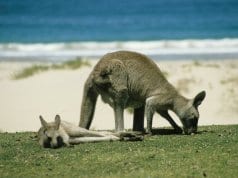
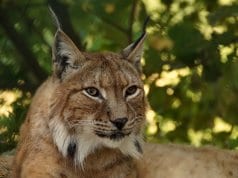
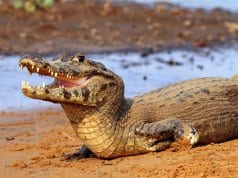
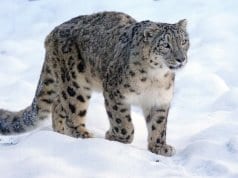
![Red Angus Closeup of a beautiful Red Angus cowPhoto by: U.S. Department of Agriculture [pubic domain]https://creativecommons.org/licenses/by/2.0/](https://animals.net/wp-content/uploads/2020/03/Red-Angus-4-100x75.jpg)

